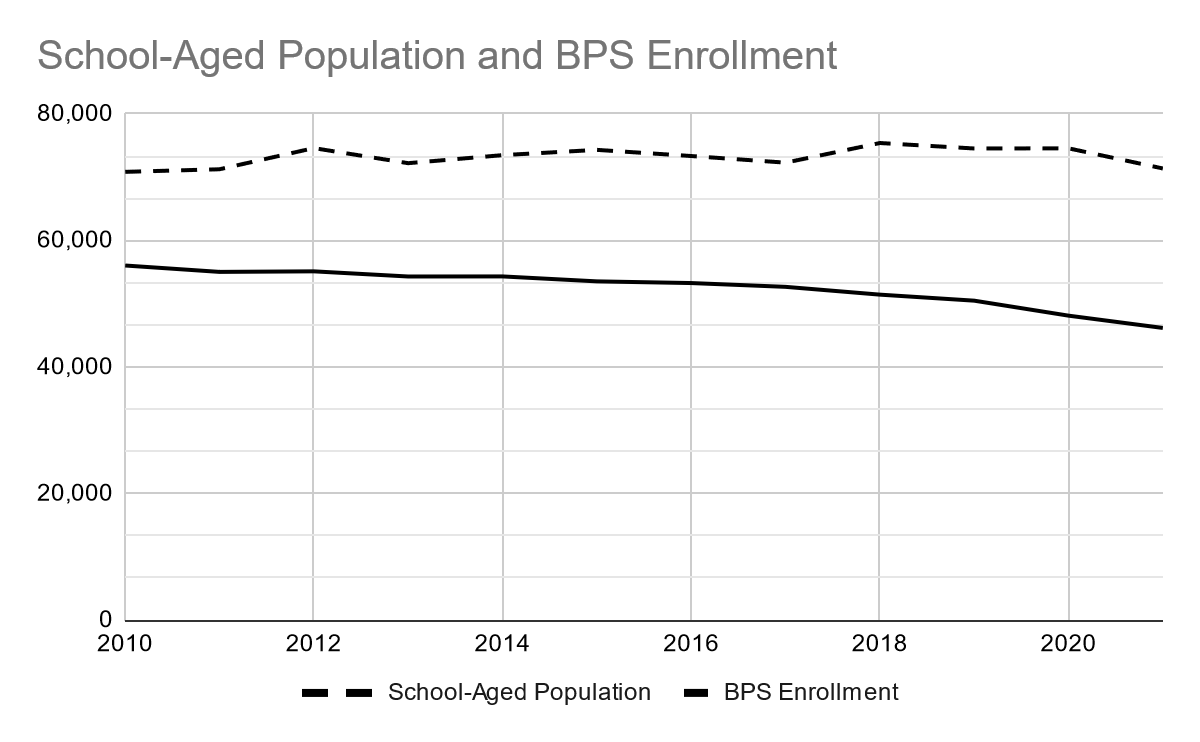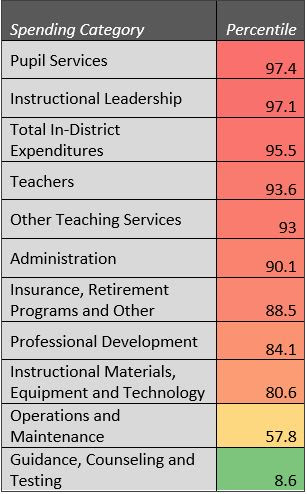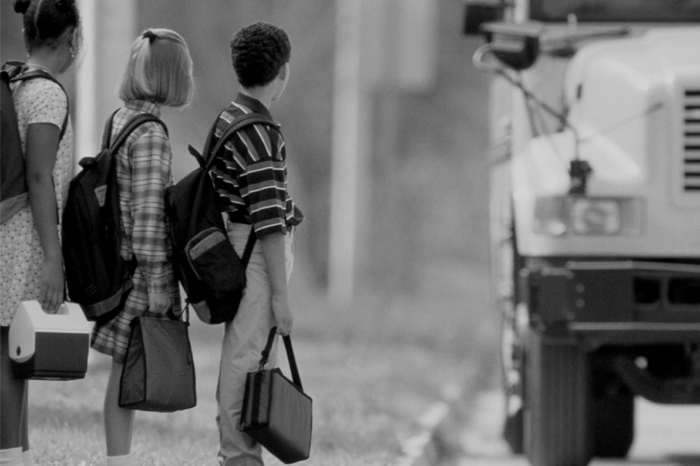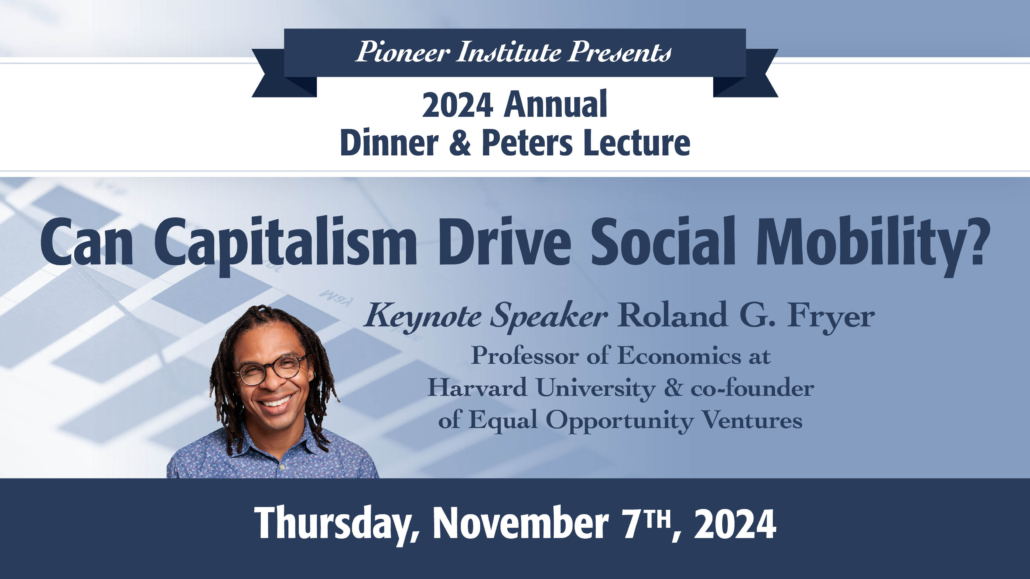School-Age Population Remains Steady, but Boston Struggles With Declining Enrollment
The number of students enrolled in Boston Public Schools (BPS) has decreased by about 10,000 over the past decade. The phenomenon poses a major challenge for the state’s largest school district, which has been struggling to rein in spending.
The school-aged population (age 5-17) in Boston has increased slightly over the past decade. In 2011, the school-aged population was 71,246 and it is now 71,371 (see figure 1). That is an increase of 124 students over 10 years, meaning that the number of students in the Boston Public School system should also be about the same.
Instead, the number of students in BPS has decreased from about 56,000 in 2010 to 46,000 in 2021 (see figure 1). Where did those 10,000 students go? They must be enrolled in either private schools, other public school options (including charter schools), be homeschooled or have dropped out altogether. They may also be participating in the state’s interdistrict school choice program.

Figure 1: School-aged population (ages 5-17) in Boston is depicted by the dashed line and Boston Public Schools (BPS) enrollment is depicted by the solid line. While BPS enrolment has decreased, the school age population in Boston has increased over the past decade. School-aged population for the years 2010-2019 is from the US Census Bureau’s American Community Survey (ACS) 1-year estimates. School-aged population for 2020 is from the ACS 5-year estimate because the 1-year estimate is not yet available. The population for 2021 is the US Census estimate as of July 1st 2021.
Fleeing the District
The declining number of students in BPS is likely a result of parents pursuing alternative education options. More than 30 percent of BPS students attend schools ranked in the bottom 10 percent in the state, according to Pioneer Institute Executive Director Jim Stergios in a recent letter to the Mayor.
Before the pandemic, many parents likely thought that they had no options but to send their students to failing public schools. The state has capped the number of charter schools in Boston and consistently underfunded the METCO busing program, making these alternatives inaccessible for many low-income families who cannot afford private school options.
Students leaving the district may be embracing options for homeschooling and online education, believing they have more to offer than instruction in low-performing schools. It is clear that online k-12 education has been gaining popularity since even before the Covid-19 pandemic.
Overspending and Underperforming

Figure 2: BPS percentile for each spending category among public school districts in Massachusetts in terms of per-pupil spending. The district’s percentile represents the percentage of other districts that spend less per pupil than BPS in each category respectively. The author calculated this table using data from the Massachusetts Department of Elementary and Secondary Education that is publicly available through the Pioneer Institute’s MassReportCards website.
BPS represents one of the Commonwealth’s greatest equity challenges for the next decade. Black and Hispanic children account for 72.4 percent of enrollment, and half of BPS students are economically disadvantaged.
The state has worked hard to establish a funding formula that allocates additional funding to schools with high-needs populations, but that formula is only the start.
Since 2016, per-pupil expenditures at BPS have increased by 25 percent, placing it in the 95th percentile statewide for per-pupil spending in 2020 (see figure 2). Based on funding, Boston schools should not be underperforming.
Data from the Massachusetts Department of Elementary and Secondary Education show the breakdown of per-pupil spending by category. These data show that BPS is among the highest-spending districts in nearly every category (see figure 2).
With some of the highest funding in the state and declining enrollment, BPS needs to make major reforms now to avoid another generation of students falling through the cracks.
With a new mayor, a new BPS superintendent, and a new governor coming in 2023, the time is right for change in the Boston Public Schools. Hopefully, new leadership will ensure that the system makes the changes necessary to improve public education in Boston. Otherwise, enrollment declines will continue.
About the Author: Joseph Staruski is a government transparency intern with the Pioneer Institute. He is currently a Master of Public Policy Student at the University of Massachusetts, Amherst. He was previously an opinions columnist with the Boston College student newspaper, The Heights, and an Intern with the Philadelphia Public School Notebook. He has a BA in Philosophy and the Growth and Structure of Cities from Haverford College. Feel free to reach out via email, LinkedIn, or write a letter to Pioneer’s Office in Boston.




